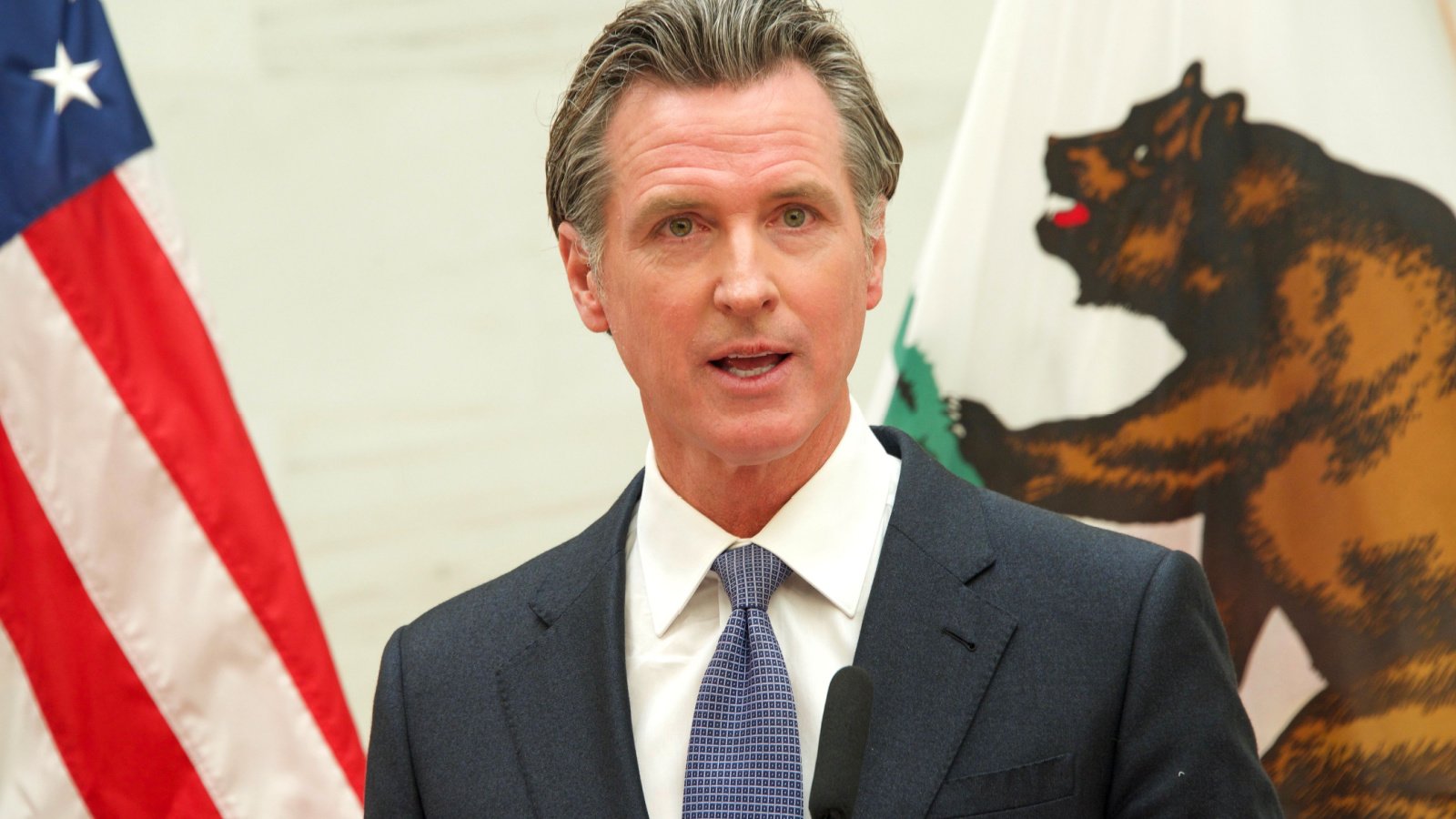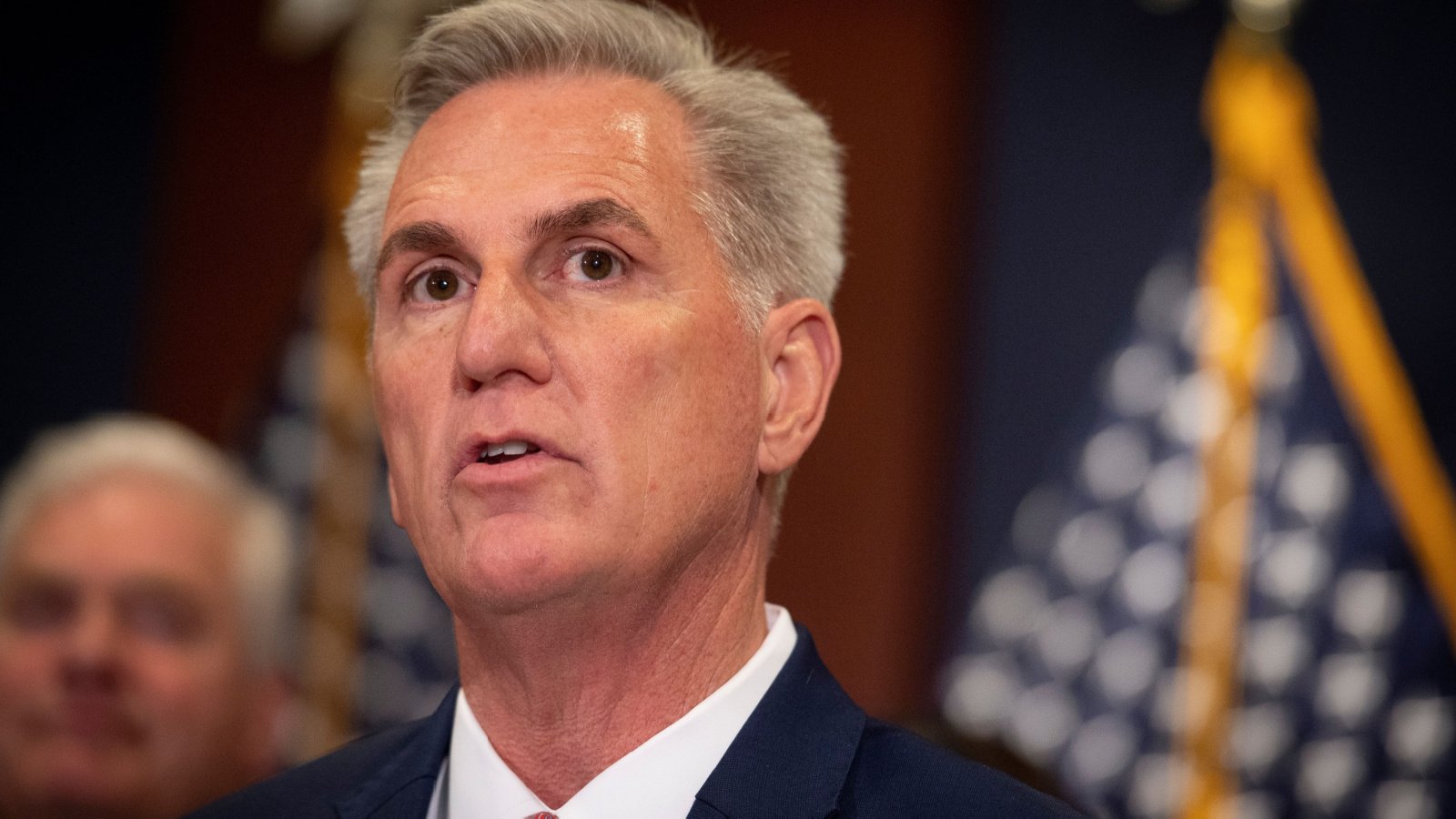As the Biden administration pushes for sweeping student loan forgiveness, the Supreme Court delivers a major blow, striking down a $430 billion plan. This decision leaves millions, particularly those from Gen Z, in a lurch as they struggle with rising educational costs. Despite this setback, new policies like the SAVE plan offer a glimmer of hope with promises of adjusted payment schemes and potential future forgiveness.
Gen Z’s Student Debt Dilemma

While Joe Biden has introduced student loan forgiveness options, Gen Z remains largely excluded, grappling with hefty monthly payments amidst low starting salaries and economic uncertainty. Born between 1997 and 2012, this generation has graduated into a shaky job market intensified by the pandemic, which introduced widespread shifts to remote work.
Escalating Education Costs

The financial burden for Gen Z has been severe, with the average annual cost of tuition and fees reaching $19,806 at four-year institutions for the 2021-2022 academic year. Meanwhile, they confront some of the highest education expenses ever recorded.
A Deeper Debt Hole

Data from the Federal Reserve Bank of St. Louis highlights that the average student debt for Gen Z stands at $20,900, which is 13 percent higher than that of millennials. This demographic also faces a median loan amount of $12,800, marking a 14 percent increase from their predecessors.
Limited Relief Options

Despite significant financial burdens, most student loan relief programs have not been extended to include Gen Z borrowers. Current initiatives predominantly benefit those who have been repaying their loans for decades or who have dedicated years to public service.
Focus on Long-term Borrowers

Biden’s administration has canceled nearly $160 billion in student debt for 4.6 million borrowers, but the relief primarily aids those deep into their repayment schedules. As such, many in Gen Z, either fresh out of college or still studying, find themselves ineligible for these benefits.
Targeted Forgiveness Efforts

Recent efforts have focused on providing relief to borrowers misled by for-profit institutions, with Biden canceling $6.1 billion in debts for 317,000 affected students. This move came in response to fraudulent practices by The Art Institutes, which closed last year amid accusations of deceiving students and inflating career prospects.
Specific Relief for Misled Students

The closure of The Art Institutes followed years of allegations that the organization engaged in deceptive practices, including falsifying data to entrap students in significant debt without promising career outcomes. All former students from January 1, 2004, to October 16, 2017, are now eligible for debt forgiveness, marking a significant step in addressing educational fraud.
Legal Setback for Biden’s Debt Forgiveness

Despite initial progress, not all of President Biden’s student debt cancellation efforts have come to fruition. The Supreme Court invalidated a significant $430 billion relief plan last year, which would have benefited over 40 million Americans, including numerous Gen Z-ers, with up to $20,000 in debt forgiveness for low-income Pell Grant recipients.
Awaiting Benefits from New Policies

While immediate widespread relief was thwarted, there’s still hope for Gen Z under the new SAVE plan introduced by the Education Department. This initiative promises more manageable monthly payments and eventual forgiveness based on income and family size, offering a long-term benefit despite the setback.
Challenges of High College Costs

The issue of costly higher education remains unresolved, even as loan forgiveness programs aim to alleviate borrower distress. Michael Lux emphasized that these policies do not address the underlying problem: the prohibitive expense of college education continues to burden students.
A Warning to Gen Z Borrowers

As potential future relief looms, Gen Z students might consider pausing their loan repayments, but financial experts warn against such actions. Alex Beene, a financial literacy instructor, advises continued payments to avoid jeopardizing credit scores, emphasizing that there’s no certainty future forgiveness will materialize.








